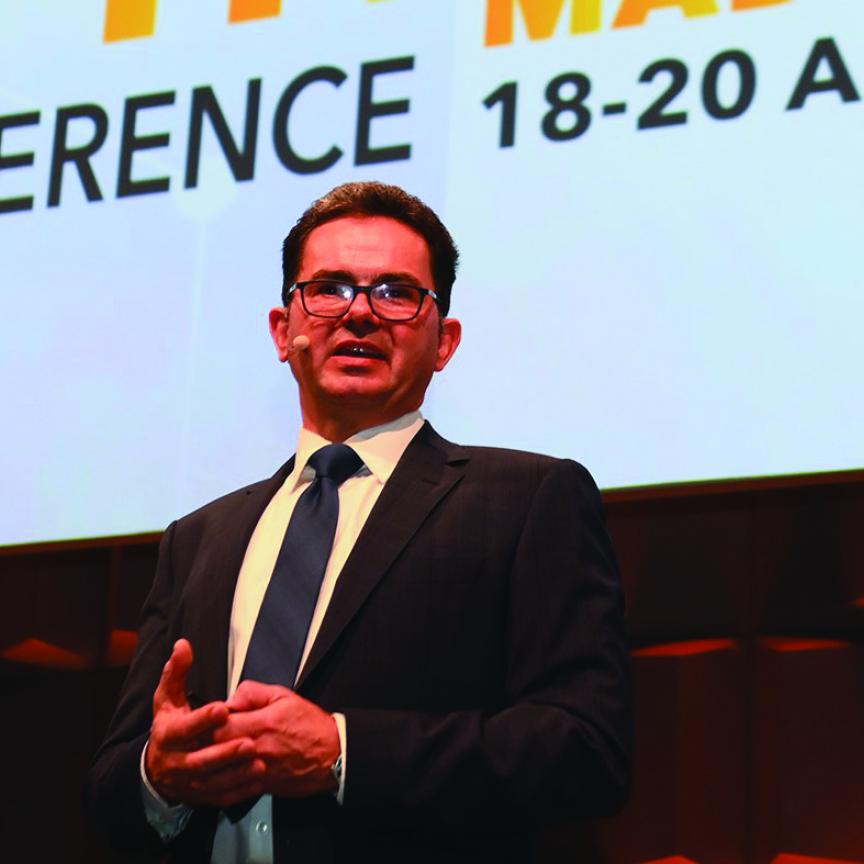The 25 Gigabit Ethernet Consortium has announced the availability of a low-latency forward error correction (FEC) specification for 50, 100 and 200Gb/s Ethernet networks.
With latency a concern in applications like data centre interconnect, high-performance computing (HPC), machine learning and others, the availability of a low-latency FEC will allow high-speed Ethernet to be better suited for these applications.
The original FEC standards are designed to maximise data integrity and minimise data packet retransmissions due to packets or data that are lost or corrupted in transmission. In simulations conducted by the consortium using the new standard, copper cable lengths of up to 2m and fibre cable lengths up to 30m can be supported. FEC is a major source of latency in a switched network and the consortium says the new specification cuts FEC latency approximately in half. This will have a significant impact on overall physical layer latency, in particular for hyperscale data centre networks comprised of a large number of nodes, with multiple hops between servers. To ensure high data integrity, the consortium recommends that the new FEC be used only on engineered data connections.
The specification allows network equipment manufacturers to use a shortened codeword FEC variant – RS (272, 257+1, 7, 10) that replaces the IEEE 802.3cd and 802.3bs standard FEC. The shortened codeword contains 272 x 10-bit symbols rather than the 544 x 10-bit symbols originally specified. Nothing else changes in the symbol distribution process from the output of the encoder to the FEC lanes in the new FEC, but that process is implemented more quickly due to the shortened codeword.
Rob Stone, technical working group chair of the 25G Ethernet Consortium said: ‘Five years ago, only HPC developers cared about low latency, but today latency sensitivity has come to many more mainstream applications. With this new specification, the consortium is improving the single largest source of packet processing latency, which improves the performance that high-speed Ethernet brings to these applications.’
Added Tim Lustig, marketing chair of the 25G Ethernet Consortium: ‘The value of having a standard extends to ensuring multi-vendor product interoperability and ecosystem. To ensure specification conformance and interoperability, testing will be held at future plugfests the consortium regularly conducts at the University of New Hampshire InterOperability Laboratory (UNH-IOL).’


